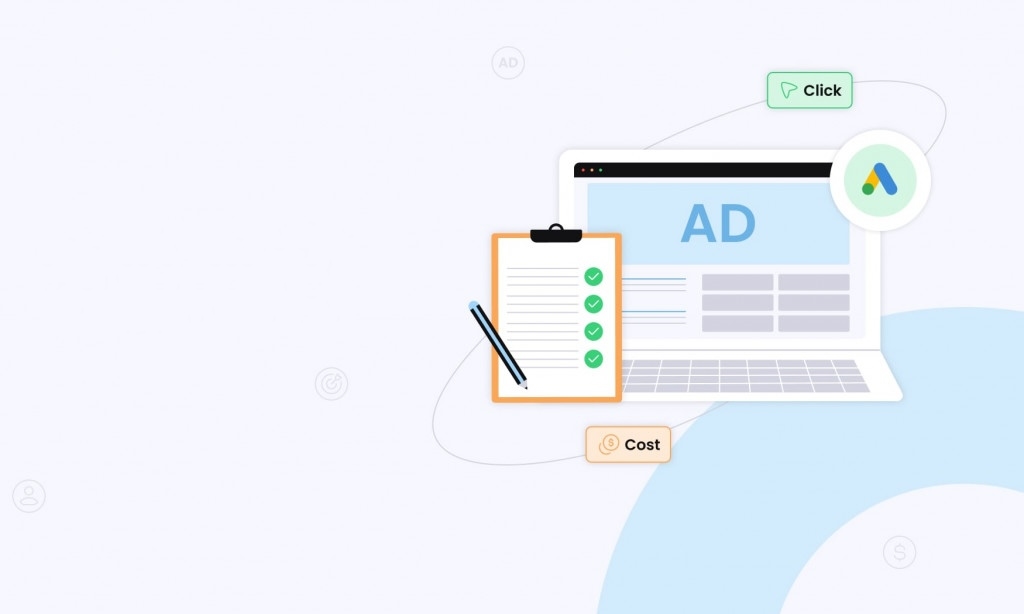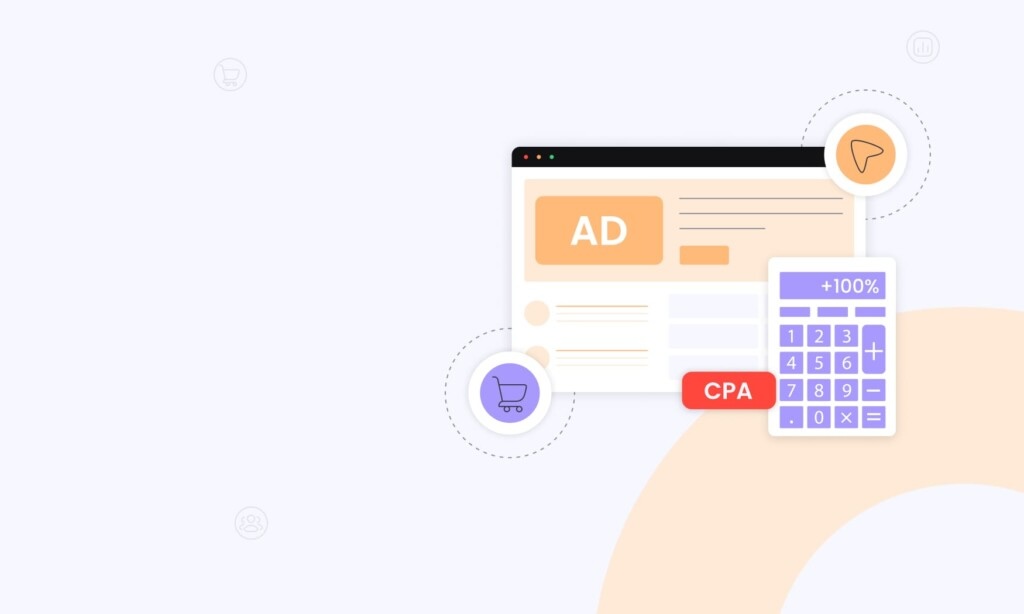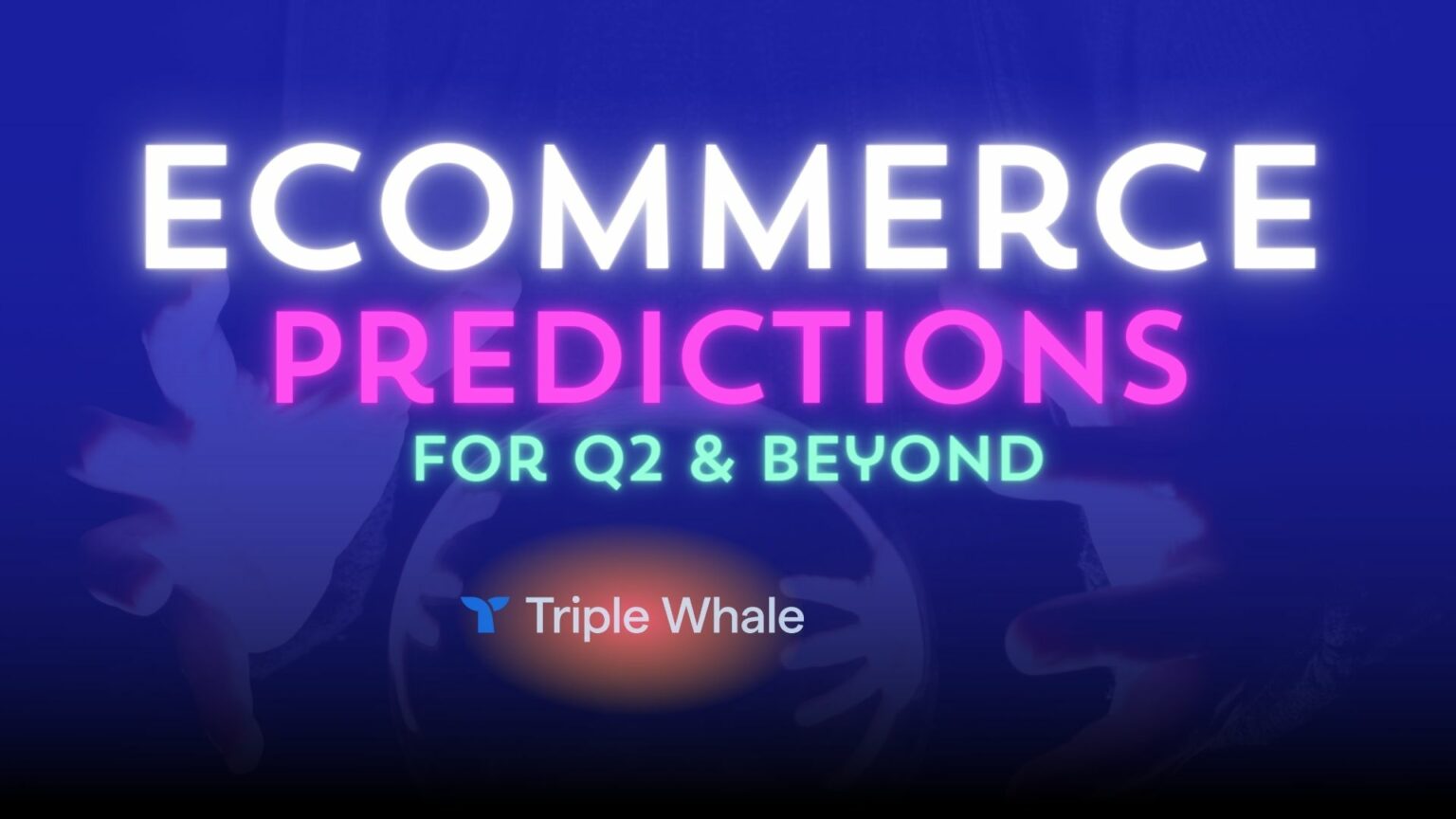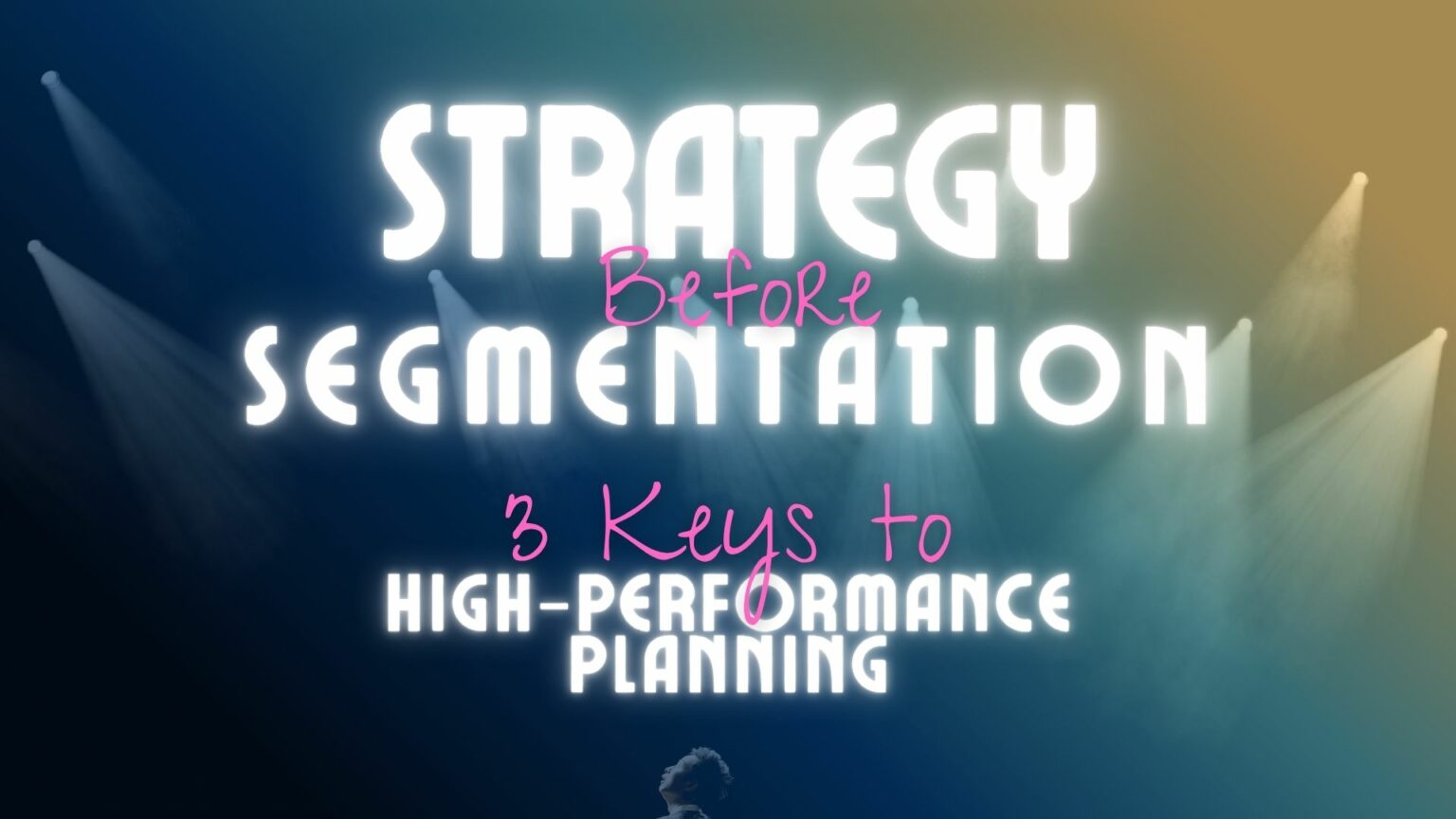
32 Proven Tactics to Improve CTR


Your click-through rate (CTR) is one of the clearest signals of campaign health. A good ads CTR means your copy, targeting, and creative are connecting—bringing in qualified clicks at lower costs. A low CTR, on the other hand, wastes budget, limits reach, and tells you something isn’t resonating.
The encouraging part? CTR isn’t set in stone. With the right mix of targeting, testing, and creative optimization, you can lift performance across channels — from PPC campaigns and email to organic search. Even small adjustments often deliver outsized results.
In this guide, you’ll find 32 proven tactics to reach more people, spend smarter, and keep climbing toward a good CTR.
Understanding Click-Through Rate (CTR)
Click-through rate (CTR) measures the percentage of people who clicked on your ad compared to the total number of views. It’s calculated as clicks ÷ impressions × 100. For example, if your ad receives 50 clicks from 1,000 impressions, the CTR is 5%.
CTR matters because it signals relevance; platforms like Google Ads use it to assess ad quality. A high CTR indicates your message resonates with the target audience, while a low CTR suggests issues with targeting or messaging.
However, CTR only reflects initial engagement, not results. Conversion rate is crucial as it tracks how many clicks lead to sales or sign-ups. A high CTR with a low conversion rate often means the ad doesn’t align with what the landing page offers.
In summary, use CTR for engagement insights, but always combine it with conversion tracking for a complete picture.
Quick CTR Improvement Tactics
When you need to improve your click-through rate quickly, these six tactics work immediately and require only a few smart tweaks to yield results.
1. Write Headlines with Numbers & Emotion
Numbers make your content more concrete, and emotional triggers grab attention. In fact, headlines with numbers perform about 36% better than generic ones.
Instead of “Tips for Better Results”, try “7 Proven Ways to Boost Your Revenue in 30 Days.” This works for ad copy, email subject lines, and even page titles.
2. Upgrade Your Call-To-Action Buttons
A weak “Learn More” won’t cut it. Your CTA should spell out the action clearly—“Get Started,” “Download Now,” or “Claim Your Discount.” Strong action words set expectations and can lift CTRs by up to 20%.
3. Use Negative Keywords to Cut Wasted Clicks
In Google Ads, negative keywords keep your ads from showing on irrelevant searches. Example: if you sell premium tools, exclude “free” to avoid clicks from bargain hunters who will never convert (you can set this up in your Google Ads account).
4. Optimize For Mobile First
More than 60% of web traffic occurs on mobile devices. If your landing page or email template looks clunky on a phone, you’re leaving money on the table. Responsive design ensures mobile visitors get a smooth experience that encourages clicks.
5. Test Limited-Time Offers in Your Headlines
Urgency sells. A subject line like “24 Hours Left: 50% Off” consistently outperforms generic promos. Special offers create FOMO and push hesitant users to act.
6. Target Long-Tail Keywords for Higher Intent
Instead of fighting over broad, expensive terms like “marketing,” go after specific phrases like “email marketing service for small businesses.” These searches usually bring in more qualified clicks and convert at higher rates.
CTR isn’t about tricks, but about clarity, relevance, and timing. Small adjustments across your ads and landing pages can deliver an outsized impact on performance.
Email Marketing CTR Optimization
Email is still one of the most reliable ways to reach your audience directly, and with the right tweaks, you can push your results well above the average CTR while building stronger relationships with subscribers.
7. Start with the Subject Line
A subject line with someone’s name, location, or even a reminder of their last purchase feels far more relevant than a generic blast. Add urgency with phrases like “24 hours left”—it creates pressure to act without sounding pushy.
8. Split Your List
Segmenting by demographics, past purchases, or engagement levels lets you send content that speaks directly to each group. Frequent buyers may get one type of recommendation, while new subscribers get another. That targeted approach consistently delivers higher engagement and can lift CTR by 14% or more.
9. Mobile-First Design
Since most people check emails on their phone, mobile-first layouts are key. A single-column template keeps things clean and ensures your message renders properly across all devices, making it easier for readers to zero in on your offer.
10. CTA Location
Placement of your call to action matters just as much as the design. Put the primary CTA high in the email where it’s visible without scrolling, then repeat it in the P.S. section. Many readers skim or skip straight to the end, so reinforcing the action boosts the chance of a click.
11. Visual Content
Adding a video thumbnail or even a simple GIF can increase CTR by 200–300% compared to static images. People process visuals faster, and video gives them a reason to click through immediately.
12. Timing Counts
While studies show engagement often peaks around 5 PM, your audience may behave differently. The best way to find the sweet spot is to test different send times, monitor performance, and refine your strategy until you know when your subscribers are most likely to engage.
Email marketing CTR improves when every detail (from subject line to CTA placement) is aligned with how your audience actually reads and reacts.
Improve CTR with Google Ads Enhancements
Your Google Ads performance doesn’t just shape visibility – it directly impacts how much you pay for every click. A stronger average CTR improves Quality Score, lowers CPC, and gives your ads better placement in search results.
13. Start with Keyword Strategy
Broad match often wastes budget on irrelevant clicks. Instead, lean on exact match for your top-performing keywords and phrase match for close variations that preserve intent. This way, you stay relevant without narrowing your reach too much.
14. Display Paths
Next, look at your display paths. Adding the primary keyword after the domain (like yoursite.com/email-marketing) immediately signals relevance. Even this small tweak can lift CTR by 10–15% because it reassures searchers they’ll land somewhere useful.
15. Copywriting Makes a Difference
Words like unlock, boost, transform trigger curiosity and action. Test different emotional angles and compare them to your baseline ad copy. Over time, you’ll see which tone best resonates with your audience.
16. Ad Extensions
Sitelinks, callouts, and structured snippets make ads bigger, more informative, and more clickable. In fact, sitelinks alone can bump CTR by up to 20%, simply because they give users multiple entry points.
17. Keyword Insertion
Dynamic keyword insertion is another option, but use it wisely. When done well, it personalizes your ad to the searcher’s exact query. When overused, it feels awkward and reduces trust. Keep it natural.
18. Commit to Testing
Running 2–4 ad variations per group lets you spot top performers quickly. Rotate evenly in the beginning, then shift spend toward winners while feeding in fresh tests. This cycle keeps your ads sharp and CTR growing.
Advanced Google Ads Strategies
Getting past the basics of Google Ads means fine-tuning for efficiency. These approaches help you squeeze more from your ad spend while driving higher engagement.
19. Layer Demographics
Start with smarter targeting. Layer demographics like age, gender, and income with interest categories to narrow in on qualified prospects. The trade-off? Reach shrinks, but the clicks you get are far more valuable.
20. Budget Allocation
Budget allocation matters! Review results regularly and pause the weakest 30% of ads to free up spend for top performers and fresh tests. This shift ensures you’re funding what works instead of carrying underperformers.
21. Location Bid Adjustments
For local businesses, location bid adjustments are a powerful lever. Increasing bids in high-value areas while reducing them where conversion rates lag keeps your spend aligned with ROI. It’s one of the fastest ways to improve both CTR and efficiency.
22. Responsive Search Ads
Supplying up to 15 headlines and 4 descriptions lets Google’s machine learning mix and match until it finds the responsive search combinations that win. Cover different benefits, features, and value propositions so the system has variety to test.
Cross-Platform Strategies to Improve CTR
Strong CTR doesn’t live in a silo. It’s not just about Google Ads or email campaigns – it’s about keeping your entire digital presence sharp and consistent. Let’s break it down.
23. Keep Your Branding Tight
Your audience should recognize you instantly—whether it’s a Facebook ad, a subject line in their inbox, or a quick scroll past your post. Familiarity builds trust, and trust is what makes people click.
24. CTAs That Pop
Make your CTAs impossible to miss – Orange, red, green—high-contrast colors beat muted blues and grays every time. The key? Make that button pop. If it blends in, it’s invisible.
25. Write for Scanners
Most people don’t read, they skim. Use short paragraphs, bullet points, and clear subheads so the main point jumps out. If someone can “get it” in 5 seconds, you’ve already won.
26. Add Social Proof
Testimonials, reviews, even a simple “Join 10,000+ happy customers” makes a huge difference. People trust people—so show them others have clicked before.
27. Speed Matters
If your page takes more than 3 seconds to load… you’ve already lost them. Use tools like Google PageSpeed Insights, fix the slow stuff, and watch your CTR (and conversions!) climb.
Common CTR Mistakes to Avoid
Sometimes it’s not about what you add—it’s about what you stop doing. These common mistakes can quietly drag down your click through rate, waste budget, and damage trust with your audience.
28. Chasing CTR Without Conversions
A PPC ad with a sky-high CTR looks good on the surface. But if those clicks don’t convert, you’re paying for traffic that doesn’t matter. Always connect CTR with the full funnel: impression → click → conversion.
29. Relying on Clickbait
A misleading headline might spark curiosity, but it backfires fast. If the landing page doesn’t deliver on the promise, bounce rates spike and trust erodes. Focus on writing an engaging subject line or ad copy that reflects the real value users will get.
30. Too Many CTAs
When you ask people to do five things, they’ll do none. Stick to one clear call-to-action per campaign. Secondary CTAs can exist, but they should always support the main goal, not compete with it.
31. Ignoring Negative Keywords & Poor Traffic Sources
Letting irrelevant clicks pile up is like leaving the tap running. Review search terms regularly, add negative keywords, and cut traffic sources that don’t deliver quality.
32. “Set it & Forget it” Campaigns
Digital campaigns decay if you don’t maintain them. Regular reviews, testing new angles, and adapting to shifts in audience behavior are what keep performance alive.
Conclusion
Optimization is never “done.” Whether you’re fine-tuning a PPC ad, crafting an engaging subject line for email, or trying to climb higher in organic search, the truth is the same: growth comes from steady iteration—not one-time fixes.
Benchmarks, testing frameworks, and advanced techniques give you a starting point. But the real difference-maker is execution. Pick one strategy, roll it out systematically, and track the results over time. Every audience behaves differently, competition shifts, and seasonality always leaves its mark. That’s why marketers who win are the ones who test, adapt, and keep moving forward.
This is exactly why you need RedTrack.
Instead of juggling reports across ad platforms, analytics tools, and email dashboards, RedTrack gives you a single source of truth for your performance data. You don’t just see CTR – you see how those clicks translate into conversions, revenue, and ROAS.
Want to know if your new Google Ads headline improved CTR and drove more purchases? RedTrack shows you both.
Testing subject lines in email campaigns? RedTrack’s attribution connects the open, the click, and the sale, so you know what actually pays off.
Running multi-channel campaigns? RedTrack consolidates CTR data from Google, Meta, TikTok, and beyond, so you can scale what works and cut what doesn’t.
The best part? You’re not just optimizing CTR – you’re optimizing for profit.
RedTrack turns every click into a data point you can act on. That means no more wasted spend, no more flying blind, and no more celebrating vanity metrics that don’t impact your bottom line.





